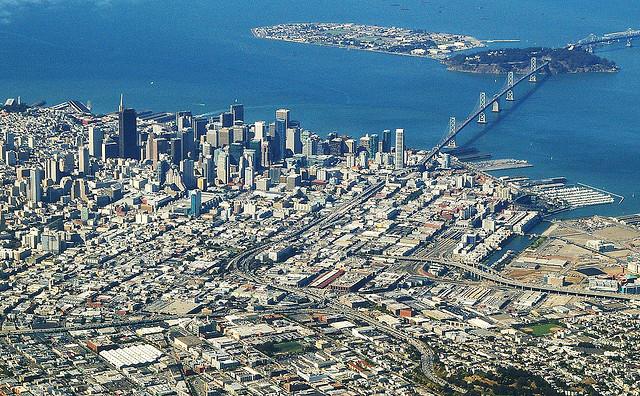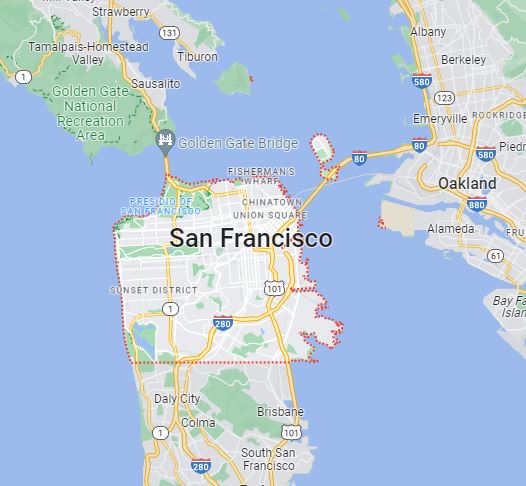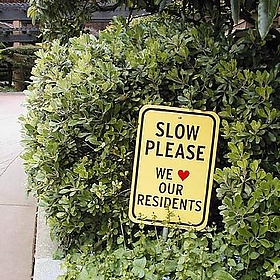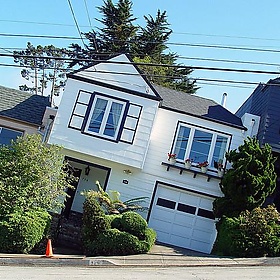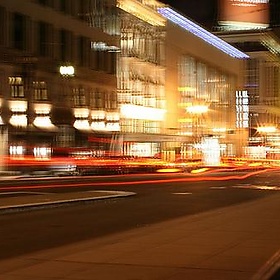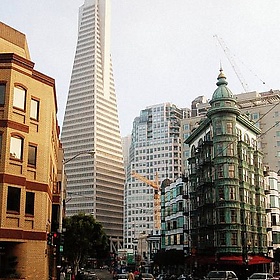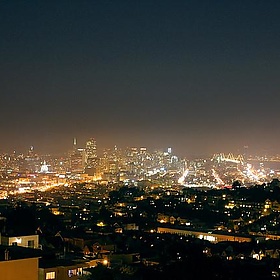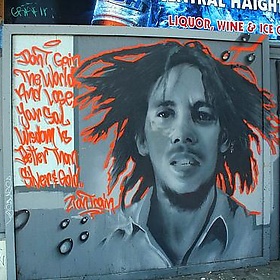San Francisco
The California gold rush in 1848 propelled the city into a period of rapid growth, increasing the population in one year from 1,000 to 25,000, and thus transforming it into the largest city on the West Coast of the United States at the time. After three-quarters of the city was destroyed by the 1906 San Francisco earthquake, San Francisco was quickly rebuilt. During World War II, San Francisco was the port of embarkation for service members shipping out to the Pacific Ocean theater of World War II. After the war, the confluence of returning servicemen, massive immigration, liberalizing attitudes, and other factors led to the Summer of Love and the LGBT rights in the United States movement, cementing San Francisco as a center of Modern liberalism in the United States.
Today, San Francisco is a popular international tourist destination, renowned for its chilly summer fog, steep rolling hills, eclectic mix of Victorian architecture and modern San Francisco architecture and its famous landmarks, including the Golden Gate Bridge, San Francisco cable car system, and Chinatown, San Francisco.
Why visit?
- San Francisco is surrounded by stunning natural beauty. From the rolling hills of the Marin Headlands to the stunning views of the Golden Gate Bridge, there is plenty to explore.
- San Francisco is home to a variety of unique neighborhoods, each with its own unique flavor. From the trendy boutiques of the Marina to the hip restaurants of the Mission, there is something for everyone to enjoy.
- San Francisco is home to some of the most iconic landmarks in the world, such as the Golden Gate Bridge, Alcatraz Island, and the Painted Ladies. Exploring these landmarks is a must-do for any visitor to the city.
